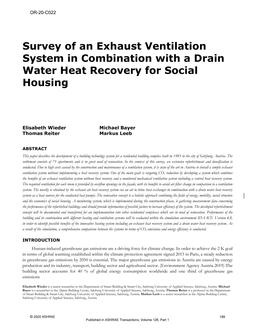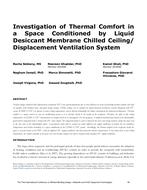In the residential housing sector, a strong correlation exists between occupant behaviour and space heating energy use. In particular, the occupancy scenario (e.g., daytime absence, morning presence, etc.) has a significant influence on residential heating load profiles, as well as on cumulative heating energy consumption. In the literature, many occupancy models have been utilised to predict occupancy profiles of individual dwellings as part of larger residential building stocks. The choice of the most suitable occupancy model is a trade-off between complexity, accuracy and computational effort, as well as model integration at large scale. The current paper analyses the combined influence of different occupancy assumptions and different occupancy models on housing heating loads for a UK building stock sample. The building stock heating loads are estimated using a dynamic thermal model based on an equivalent Resistance-Capacitance electric circuit. It is assumed that the heating periods are coincident with the actively occupied periods. The actively occupied periods are first determined using two existing consolidated occupancy models, and then by using newly developed probabilistic occupancy models. All the models are characterised by a different grade of complexity and accuracy. Comparing the results of all the presented methodologies, the advantages of the new probabilistic approaches are analysed.
Citation: 2017 Annual Conference, Long Beach, CA, Conference Papers
Product Details
- Published:
- 2017
- Number of Pages:
- 8
- Units of Measure:
- Dual
- File Size:
- 1 file , 1000 KB
- Product Code(s):
- D-LB-17-C020


